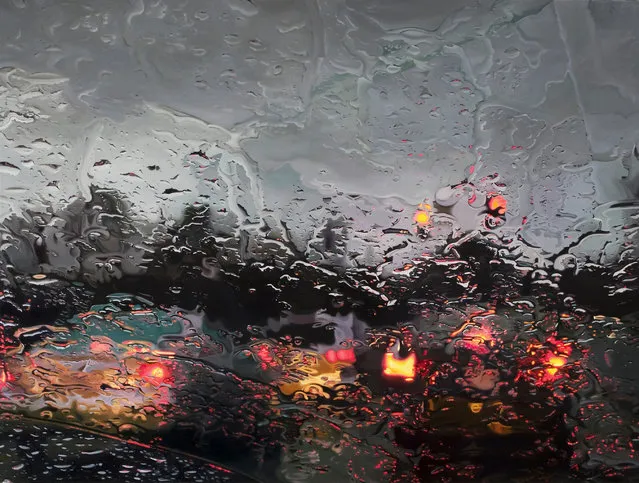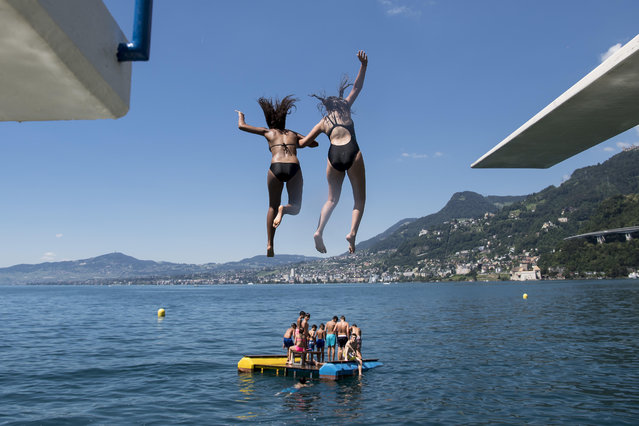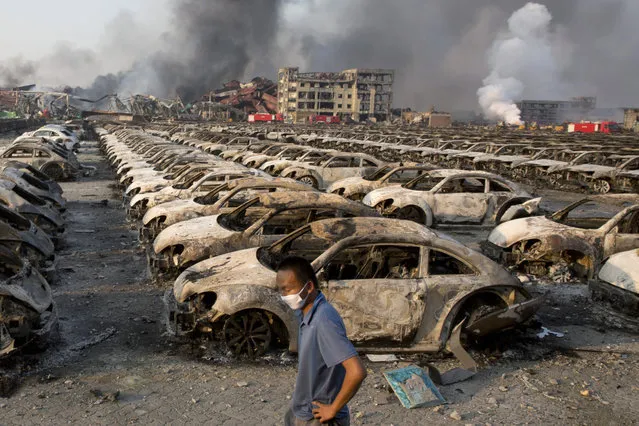
As the world marks International Women's Day on Wednesday, whose theme this year focuses on “women in the changing world of work”, the Israeli military says it is ahead of the curve in providing combat roles for female soldiers. Here: A female Israeli soldier from the Haraam artillery battalion fixes her hair in the women's living quarters at a military base in the Israeli-occupied Golan Heights March 1, 2017. (Photo by Nir Elias/Reuters)
09 Mar 2017 00:06:00,post received
0 comments







